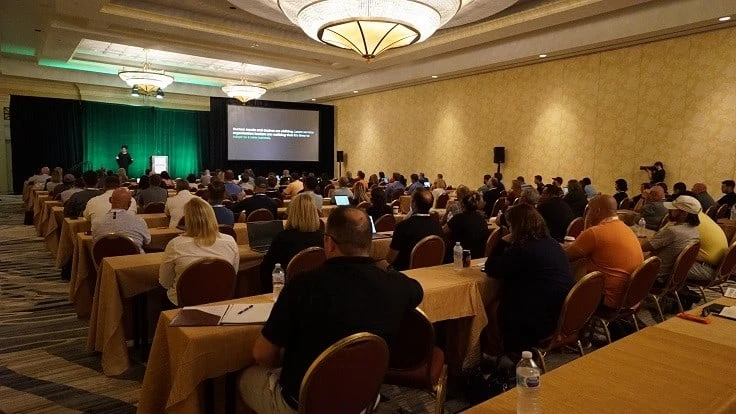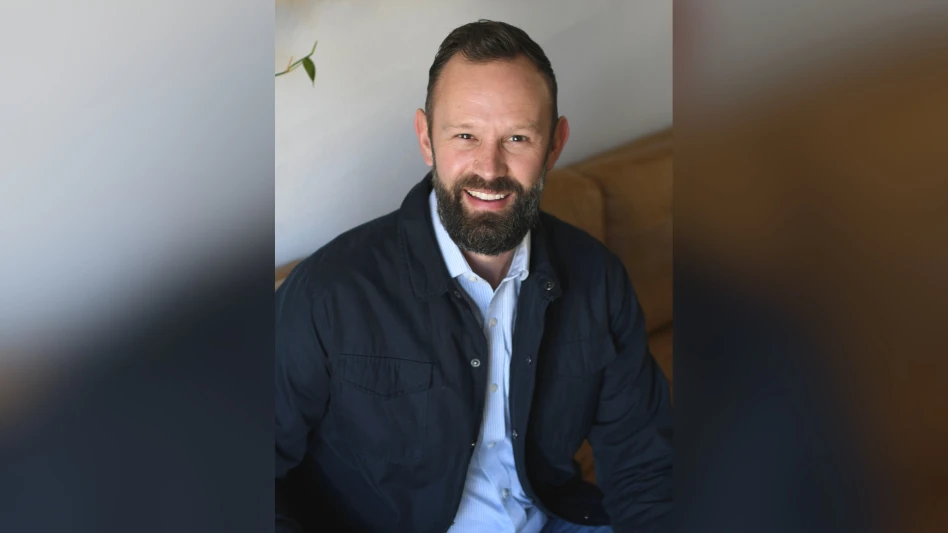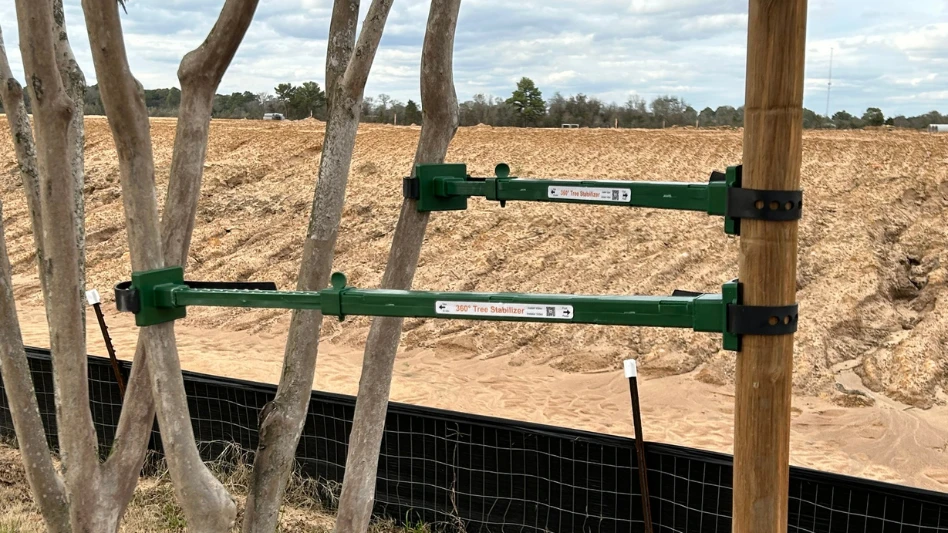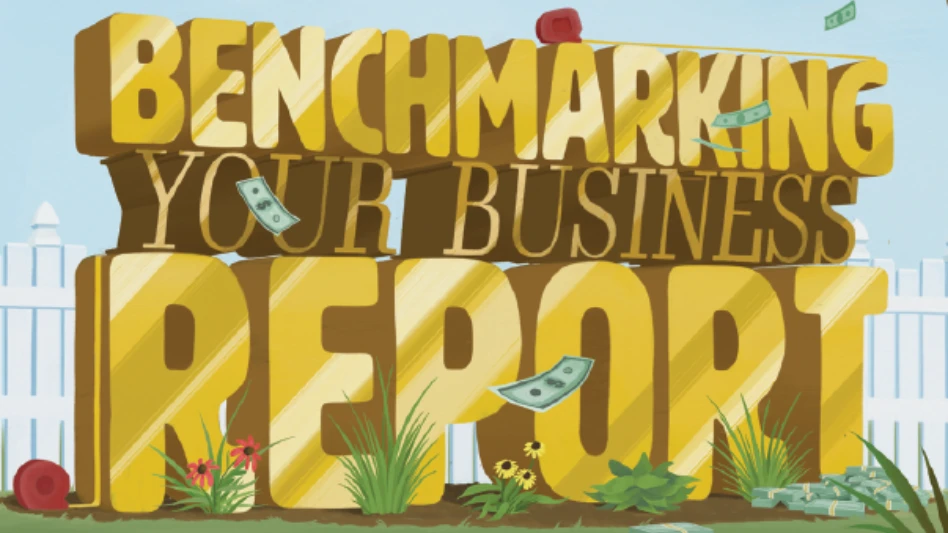
At the Lawn & Landscape Technology Conference, keynote speaker Crystal Washington told attendees to be cyborgs – and to not be androids.
To illustrate her point – and the difference between androids and cyborgs – Washington asked the audience how many of them sleep with their phones. Almost all of them had the phones in their rooms at night, whether it’s on the floor, a nightstand or even the bed. This addiction to mobile devices is so drastic, Washington said people can hear imaginary buzzing or notifications in their pockets if they left their phones off for 24 hours.

So, Washington stressed the importance of people controlling technology – not the other way around.
“It’s all about balance,” she said. “The pandemic has exacerbated some of the issues that already exist (in our industry), but it’s also opened up some really unique opportunities.”
Washington kicked off the show following a pre-show workshop with Clark Quick, a social media strategist with Lawn & Landscape’s parent company, GIE Media. And though she warned attendees that technology can be intimidating, Washington urged them to relax and be receptive to newer ideas.
“We can’t be innovative from a space of fear,” she said. “Our goal is to put you on the offensive. If you feel like you’re constantly trying to catch up, we’re trying to switch that.”
Below are some snippets from other sessions. Stay tuned for more comprehensive coverage of the event from the Lawn & Landscape team.
Technology can transform human resources
During this session, Mike Heiner of Green Lawn Fertilizing and Green Pest Solutions told attendees that when they were finding software to help them manage their HR functions, he made up a long list of needs — 250 lines on an Excel spreadsheet, to be exact. They wanted the system to be scalable to match their anticipated growth as well.
“We needed to make sure whatever system we came up with wouldn’t just meet our needs today," he said. "We wanted the system to scale with us and meet our needs when we become a $100 million company.”
Training techs with tech
The show also hosted several pest control management speakers, including Caroline Kirby, a technical director with Plunkett's Pest Control. She wanted attendees to consider using technology to drive their training programs for new hires, specifically mentioning tools like Kahoot, Quizlet and Mentimeter.
Still, before designing web-based training programs, you'll want to consider the objectives and allowing employees to get together, virtually or in person, to discuss the trainings together.
“This new style of training proved really successful, and the technicians said they learned more than ever before," Kirby said. "I believe it’s because the technicians were able to learn together.”
Taking Landscape Operational Teams Fully Digital
Loren McIrvin, owner of Allied Landscape, shared tips for utilizing technology in order to make a landscape business more efficient.
“The bigger we get the more stuff we have,” McIrvin said of his company, which utilizes web-based HR practices, payroll systems and training along with web-based reporting and estimating tools.
As a company that’s always implementing something new, McIrvin suggests first testing a new piece of technology with a small group of employees.
“What we do is go to a small group, tell them what we’re trying to accomplish and tell them how this change will benefit people,” he said. After the early adopters use it, they give feedback on how it should be rolled out company-wide.
“We’re very strategic on who we select,” McIrvin said of the early adopters. He added that it’s best to get a wide-ranging group of people from all ages, backgrounds and divisions within the company.

Technology and Beyond: Reimagining the Future Landscape from a Macro Perspective
As Executive Vice President & Chief Operating Officer of The Future Hunters, Erica Orange knows thinking about the future can be scary. She acquits it to skydiving.
“It might feel as if we’re free-falling headfirst, but we also have to know that we’ll always be okay and we’ll have that safeguard of a parachute,” she says. “Change has been with us since the beginning of human history. It’s part of our reality.”
COVID-19 has been an accelerator of change, according to Orange.
“We have to get more comfortable with this,” Orange says of the unknown. “We need to be comfortable with it and adaptable.”
Part of that comfortability is recognizing the rise of AI (artificial intelligence) and the new AI (augmented intelligence).
“85% of customer of interactions will be managed without a human,” Orange says of the future.
Orange relayed several ways companies can enhance automated communication of all kinds. She said the most important part is keeping the communication as organic as possible.
Eyes in the Sky
“I’ve always considered myself a bit of a tech geek,” said Eric Blevins, owner of Evolve Landscaping and Evolve Flight.
Blevin’s company is using drones to do all kinds of work. He says drones can be used for photos, videos, photogrammetry, site inspections, infrared spectrum analysis to spot plant diseases and to identify irrigation hot spots.
“Once you’ve got your license and your drone you can really make it work for you,” he said.
Overall, Blevins said by adding drone technology, it can be an additional revenue stream for a business. Blevins says he can charge up to $75 an hour in his market for drone work
Latest from Lawn & Landscape
- The National Collegiate Landscape Competition is underway
- Keeping clients happy during the Super Bowl
- PBI-Gordon launches Field Development Team
- The New World Is Green: Grow With Marketing Analytics & AI
- Exmark launches autonomous commercial mower
- North by Northwest's charitable act for the Ronald McDonald House Charities
- Coxreels expands V-100 Series product line
- Landscape Workshop expands with 2 acquisitions





